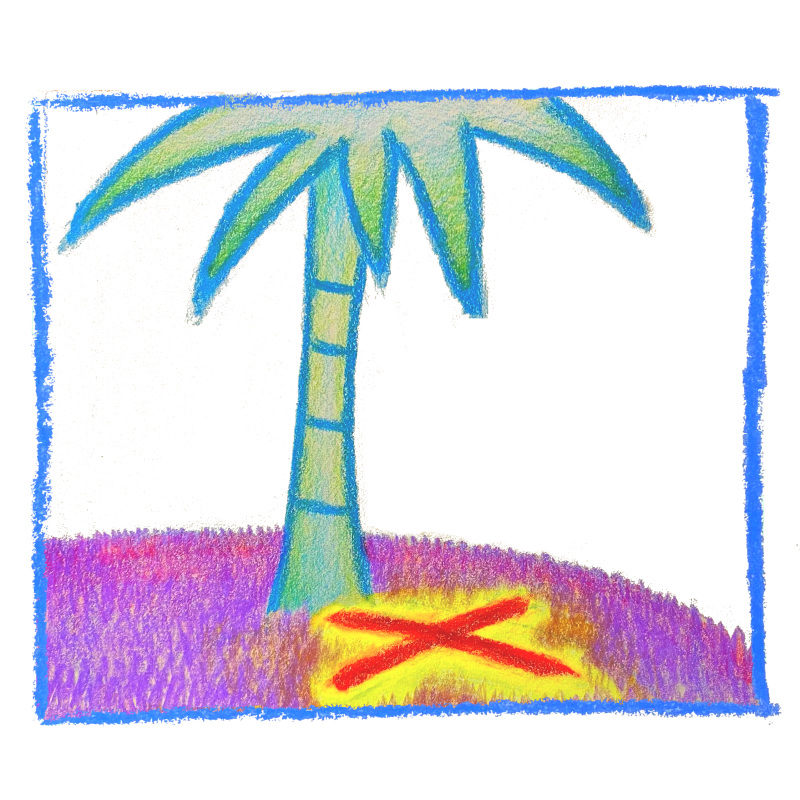TreasureTree
A real-world treasure hunt game where the treasures are represented as QR codes in the physical world, and NFTs in the virtual.
There are only two actions in the game, performed by two roles:
- treasure planters physically plant QR codes containing secret keys,
- treasure claimers find and scan those QR codes to claim them on the network, as NFTs.
Each treasure is unique, and once claimed may not be claimed again.
Each treasure is associated with a picture, which is intended to be a photograph taken from a phone. From the photo are extracted the geographic coordinates of the treasure, such that treasure hunters can view new treasures on the website and use the coordinates to hunt for them.
This was created as part of the Solana Season Hackathon. See a demo video here showing how it is intended to be played, and the blog about our experience.
See it live at treasuretree.org, but note that this is prototype-quality software, and works just enough to demo. It runs only against a Solana devnet, not a live network.
About the software
TreasureTree is architected as a typical server-based web application, but with a simple data model that is trivially mirrored to the blockchain. It has this dual centralized/blockchain architecture for two reasons:
- We wanted a responsive and simple user experience that requires no knowledge of blockchains or — especially — blockchain wallets.
- We wanted to prototype the app quickly without dealing with blockchain programming,
- We wanted to be able to experiment with multiple blockchains while keeping the blockchain components isolated from the main logic of the app.
It is written mostly in Rust and consists of several crates:
geonft_web: a Rocket web server, serving static pages, a JSON-based API, and a WASM blob for use by the client.geonft_wasm: Rust code used by the web app.geonft_solana: a Solana program that implements a similar API to the web API.geonft_sync: a bot that synchronizes state between the backend of the web app and the blockchain.geonft_request: no-std data types used in both Rocket and Solana APIs, these define the basic actions in the game.geonft_nostd: no-std code shared between crates, mostly crypto.geonft_shared: std code shared between crates, mostly I/O.
(The original name of this project was "geonft").
Limitations and future work
The code is full of quick hacks and missing cases, and is in a frankly embarassing shape.
The Solana integration is the barest prototype. During the hackathon we had to overcome the learning curve, and ran into problems with several of our architectural assumptions which have not been fixed yet.
In particular, the Solana program doesn't actually verify the signatures necessary to validate the transactions it is executing. It'll accept most any garbage. This is because we couldn't do the signature verification within the on-chain CPU budget. Fixing this requires some architectural changes.
Geographic coordinates of treasures are not yet displayed on the web app.
Access control for planters is not implemented in an economically viable way for on-chain activity — it would be expensive if many people began planting treasures.
Images are stored on a central server, but should be pinned to IPFS.
